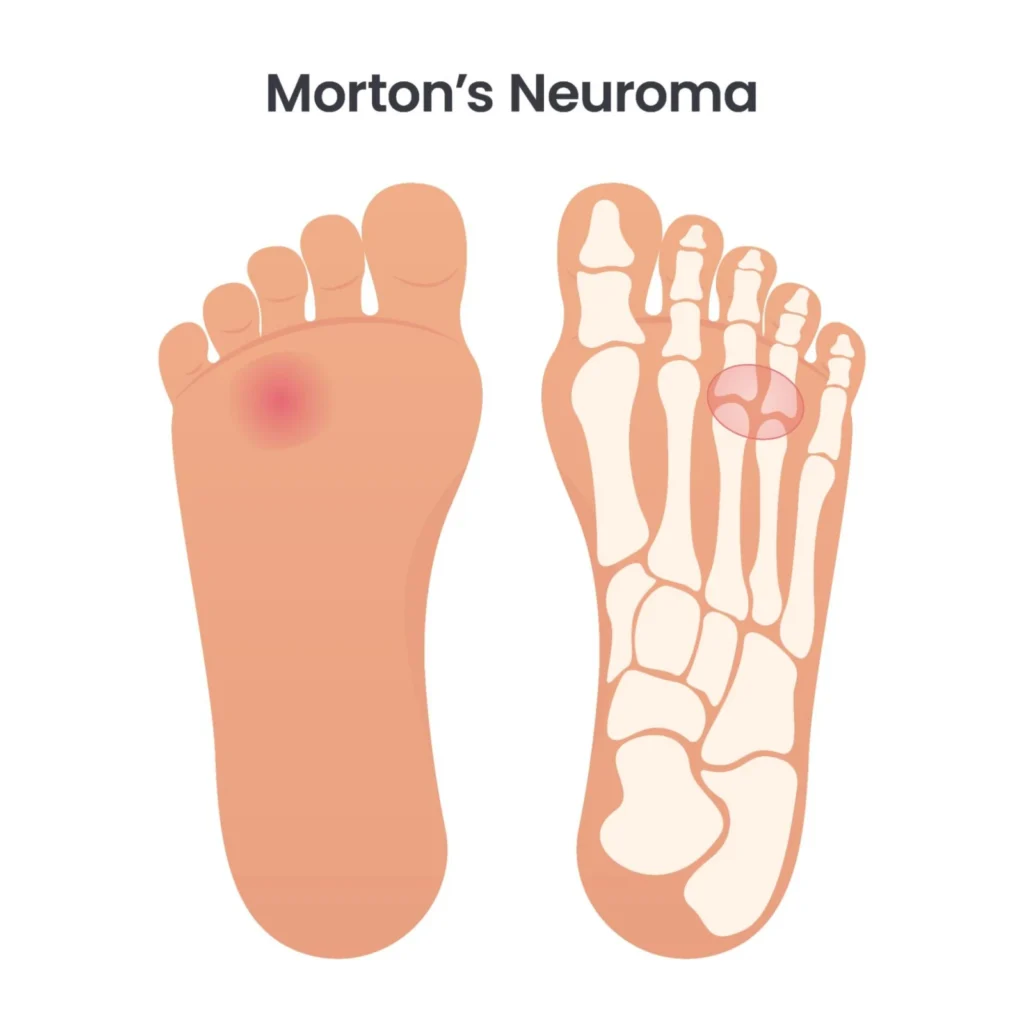With our feet carrying us an average of 5,000 steps a day, it’s no wonder they occasionally protest with pain or foot injury. Deciphering when to address these issues with a doctor can be challenging. This article aims to guide you in making an informed decision about when to seek professional advice for your foot woes.
Understanding the Foot’s Intricate Structure
The foot, an architectural marvel, comprises 26 bones, 33 joints, and over 100 muscles, tendons, ligaments, and nerves, all working in concert to provide movement and stability. Given this complexity, it’s hardly surprising that foot injuries are commonplace.
Distinguishing Foot Specialists
When discomfort persists despite rest and home remedies, it’s time to consult with a specialist. Two types of professionals are particularly adept at diagnosing and treating foot injuries: podiatrists and orthopedic foot surgeons.
The Role of a Podiatrist
Podiatrists are medical professionals with specialized training in diagnosing and treating foot and ankle issues. Their education includes three to four years of foot and ankle-specific residency after medical school.

The Role of an Orthopedic Foot Surgeon
Orthopedic foot surgeons, on the other hand, spend five years in a generalized orthopedic surgical residency, with an optional additional year focused solely on the foot and ankle. They are adept at diagnosing, treating, and, if necessary, surgically repairing foot injuries.
Evaluating Your Symptoms
Knowing when to see a specialist for your foot injury can be unclear. Here are some indicators that should prompt you to schedule an appointment:
- Persistent pain lasting more than two to three weeks after the initial injury
- Unrelenting swelling not improving within two to five days post-injury
- Pain in both feet
- Numbness, tingling, or a burning sensation, particularly at the bottom of your foot
- If you have diabetes and have a wound that isn’t healing and/or shows signs of infection

Recognizing the Urgency of Your Injury
In extreme cases, immediate medical attention may be required. It’s an emergency if:
- You can’t walk or bear weight on your foot
- You experience extreme pain and/or swelling
- Your foot appears disfigured or broken
- There’s an open wound, or your foot is discharging pus
- Signs of infection are present (e.g., tenderness, redness, warmth around the injury, or fever over 100°F)
Dealing with Common Foot Injuries
Foot specialists commonly treat the following foot injuries:
- Plantar fasciitis
- Heel pain and heel spurs
- Bunions
- Hammertoe
- Stress fractures
- Achilles Tendinitis

Emphasizing the Importance of Professional Care
While mild pain might be manageable with rest and over-the-counter remedies, it’s crucial not to underestimate your body’s warning signals. If you’re uncertain about the severity of your foot pain, it’s best to err on the side of caution and consult with a professional.
Contacting Victoria Foot and Ankle
If you’re experiencing any of the symptoms mentioned above, don’t hesitate to contact Victoria Foot and Ankle. Our team of specialists will ensure you receive the best possible care. You can schedule a consultation with us today.
Remember, ignoring a foot injury today could lead to long-term problems tomorrow. Your feet carry you through life, so give them the care they deserve!








